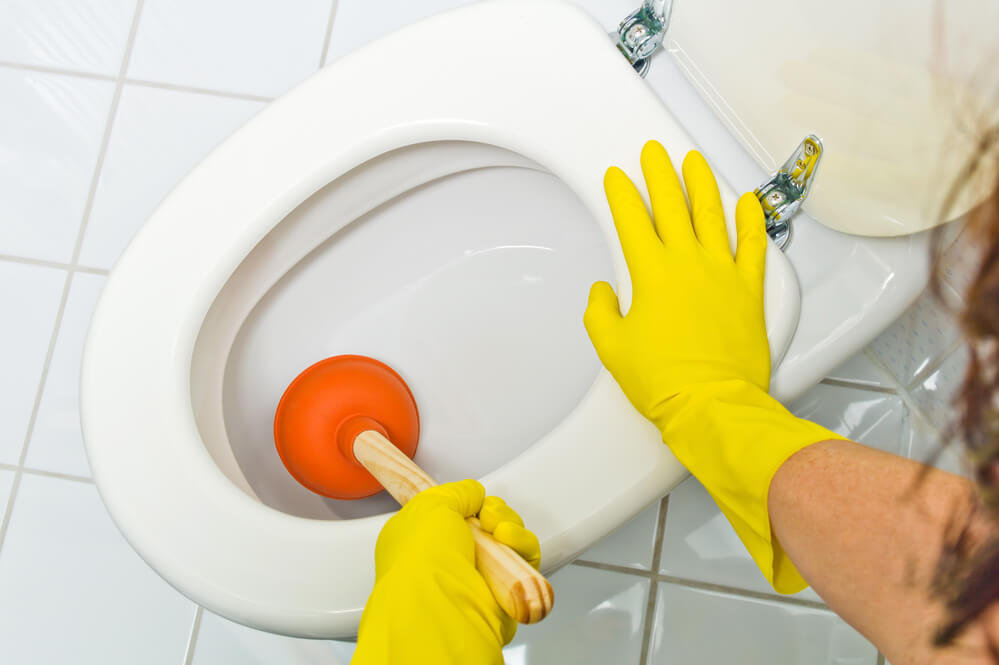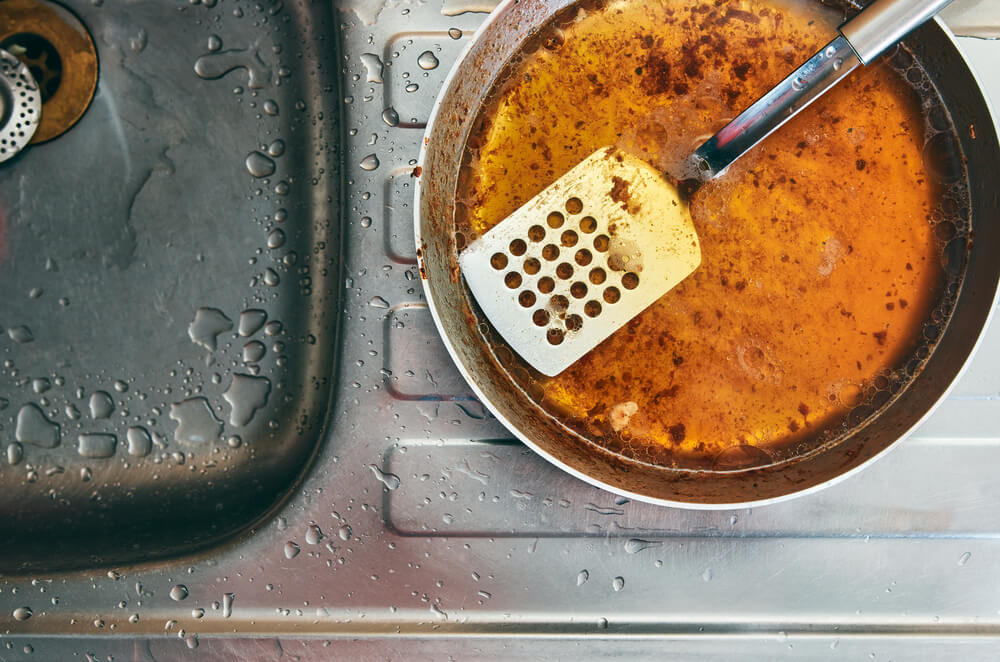Sewer Relining: How Does It Work?
Have you ever heard of sewer relining? Do you ever wonder how sewer pipes are fixed without destroying your home? What about the signs of sewer pipe damage? All that and more will be discussed here. Follow along!
Common Sewer Line Problems
Take a look at each of these and see if you notice similar traits in your home.
- Constant Backups – Your sewer line is connected to all of your toilets, sinks, showers, and bathtubs. If you notice clogs and backups in all of your fixtures, the main culprit will likely be your sewer line. An overflowing toilet is not something you want in your house!
- Sewer Odor – Smell that? Does that smell get worse near your walls or bathrooms? If you smell sewage in your home and ruled out your trash can, you can be confident that your sewer pipe is damaged. Don’t let that smell linger long!
- Slow Drains – Do you notice water takes its time going down your drains? Is your shower filling up with water or your sink pooling up? If all of your drains are slow, it’s the sewer line again!
- Unnatural Yard Growth – What is going on with your grass? Do you have spots of crazy growth? When your underground sewer line collapses, or leaks, or anything, grass loves the “fresh fertilizer” that your pipe is feeding it. You will notice specific areas of growth, almost like a trail of breadcrumbs leading to your home. Say no to extra lawn cutting!
- Foundation Issues – Believe it or not, a collapsed sewer line can affect your home’s foundation in ways you would never have thought. When a drain pipe leaks sewage, the excess water will cause the soil to expand and shrink (if the foundation was built on top of expansive soil), causing your foundation to shift.
- Insects or Rodents – Rats, mice, sewer flies, or cockroaches can enter your home if a drain pipe is damaged. Calling pest control may eliminate the current invaders, but the pipe is still cracked and they will come back.
Reasons Why Sewer Lines Break
Below are some common reasons why sewer lines collapse or break.
- Tree Roots – Older trees on your property are bound to have long, invasive roots. They seek out nutrients, sensing pipes flowing with waste or water. The roots attack the joints where the lines are their weakest, such as cracks. Once they’re inside, they drink and drink until the roots clog up your pipes.
- Old Pipes – Old sewer lines made from cast iron or terracotta are more likely to fall apart or leak. Metals corrode and rust over time, while terracotta pipes are very susceptible to roots and leaks. Modern pipes are made with PVC, but the pipes used in homes built before the 70s are usually made from an outdated material.
- Soil Failure – Soil shifts around your property can cause pressure on the sewer lateral, causing them to crack, leak, and collapse. Soil can shift due to rain, floods, drought, freezing temperatures, and more.
- Clogs – Oil, grease, and fats tend to build up inside your pipes, shrinking the area waste can flow through. Things like “flushable” wipes, paper towels, too much toilet paper can build up at these sections where there is no room to escape. Only flush toilet paper and bodily waste down your toilets, and don’t dump grease down your sink.
These are not things that you want to live with long. Don’t wait to react to any of these clear signs of a collapsed sewer line.
Read more about – How To Get Tree Roots Out Of A Sewer Line
How Does Sewer Relining Work?
Sewer relining, also called cured-in-place pipe lining, and epoxy pipe lining is a trenchless sewer repair method that’s fast, cost-effective, and efficient. Pipe relining creates a brand new pipe directly inside of your old one. No trenching is necessary.
This is how it works step by step.
- Your pipe is inspected with a CCTV sewer camera inspection. We want to make sure the right solution is chosen for the job.
- The pipe is then cleaned thoroughly with hydro-jetting or another pipe clearing method. The goal of the cleaning is to restore the pipe’s original diameter. Things like sewage, hair, and cooking oil can cake up the pipe, shrinking its size.
- Now begins the pipe relining. A unique, epoxy-impregnated liner is inserted into the old pipe and inflated. This creates a new pipe inside the old one. Pipe lining can be considered replacement or repair depending on whether the whole pipe length will be lined or just a section.
- If only a section of pipe (a spot repair) is lined, it is considered a repair. If you line the whole pipe from start to finish, it is basically like getting a brand new pipe installed (aka replacement).
Note: Sometimes, a sewer pipe is so severely damaged that no trenchless method is viable. Plumbers cannot use trenchless technology on pipes that are back-pitched, which means that the original contractors failed to use the proper slope for your sewer line to your city connection. Also, if the pipe has collapsed onto itself, you will have to go the conventional trenching route.
The Benefits Of Sewer Relining
Sewer relining is:
- Non-invasive
- Environmentally-friendly
- Cost-effective
- Fast
- Permanent
- Stable
The Cost Of Sewer Relining
Trenchless sewer repair can cost anywhere between $4,000-$15,000 for the average single-family home. The final price depends on how many feet of pipe need to be relined. There will always be a base cost starting at permits, contractor mobilization, project minimums, and then prices move on from there.
Conventional sewer repair, on average, costs $50 to $450 per linear foot. The price to install brand new pipes throughout your home or yard could run to $15,000 because of all the extensive work, such as trenching and excavation. Conventional sewer repair quotes will be lower than trenchless, but they don’t include the cost to clean up the mess and repair the property damage.
Learn more about – Epoxy Pipe Lining Pros And Cons.
Sewer Relining Near You
It’s time that New Flow Plumbing comes in to save the day. We’ll get you started with a CCTV sewer camera inspection to determine where your problems come from. Then, we give you a free repair estimate, followed by available repair options. Whatever the issue, New Flow Plumbing will have your plumbing running perfectly again.








